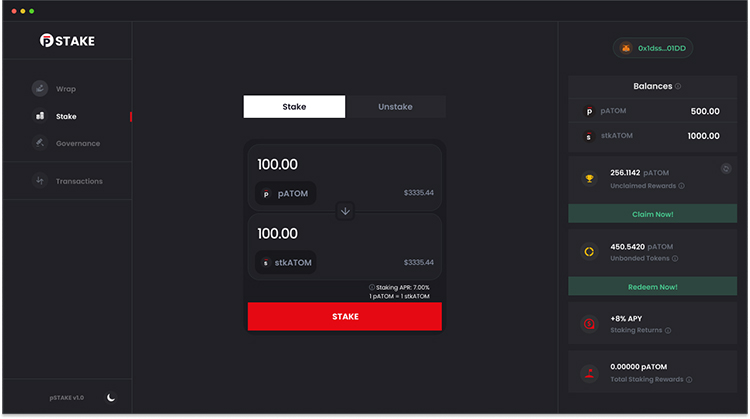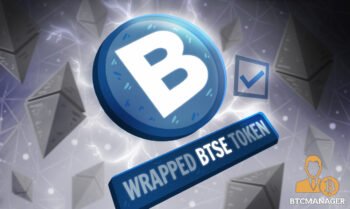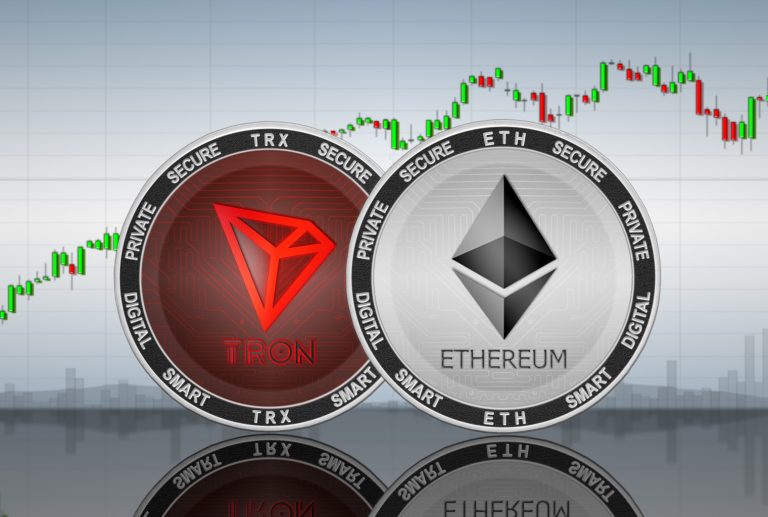2022-3-29 19:57 |
Humans and DeFi share a common trait: They both need liquid to survive. In the case of humans, we require water. In the case of DeFi, it requires liquid funds to facilitate trades, automated market makers (AMMs), and to expand the offerings of the platform.
But what exactly is liquidity in the context of DeFi, and why would someone be incentivized to offer it? We’ve seen many platforms explode due to their massive liquidity pools—with more and more people signing up to become a liquidity provider. In this article we will look at what LPs stand to gain (or lose)? Finally, we will explore the growing number of use cases—some of which create an entirely new world for trading, such as LunaFi’s LunaBets and Pangolin’s new CrystalVale venture.
Liquidity Pools and ProvidersWith centralized exchanges, an “order book” style is often used for trading. The exchange records all requests to buy and sell, working to match them up for what is essentially a Peer-to-Peer trade. This has worked well for many, many years, but a few things have to be in place for it to go smoothly. First, there has to be a large enough order book that buyers and sellers can operate in confidence, knowing they will find a match for at least most of their trades (at least on the coins they are trading, with oracles providing the prices). Second, there needs to be a smooth mechanism for making trades. This includes speed, cost, and reliability. With crypto orderbooks, many platforms can’t offer this in a peer-to-peer format, with either the transactions per second (TPS) or the cost per transaction preventing a smooth operation.
Liquidity pools solve these problems by allowing liquidity providers (LPs) to deposit matching market rate amounts of two different coins. These are added to the pool, which can then facilitate more and more orders as it grows. This is the key mechanism that has created the boom of DeFi exchanges (DEXs), and billions of dollars of trade each year in the DeFi industry.
LP BenefitsSo why would someone choose to become a liquidity provider? This is a good question, and becoming an LP isn’t guaranteed to earn a yield. However, on a quality platform, and dependent on the volatility of the tokens paired and deposited, there can be an overall yield through the combination of earning portions of transaction fees. While HODLing could earn yield on its own thanks to rising token values, LPs can do quite well by capturing their proportion of fees earned. Depending on your proportion contributed to the pool and the total volume of transactions, this can be very beneficial for LPs.
Using the same pool mechanism can allow LPs on a given platform to better organize for governance initiatives, pooling together their collective voice to pass or block proposed items for the platform.
LP RisksIf there were nothing but positive aspects to becoming an LP, everyone might want to do it. However, there are some potential drawbacks to providing liquidity, mostly in the form of risks. Because of that, an LP experience could potentially be excellent, some downsides may occur, and a number of things would need to happen at once for the experience to be devastating.
One potential burden of being an LP is the same as any other investment strategy: You need to have excess capital to invest! Thankfully LPs can invest very little or a great deal, so the minimum barrier is low. They just need to be able to keep it locked up long enough to earn benefits.
The most likely risk to LPs is called impermanent loss. If you aren’t familiar, there are a number of great explainer articles (like this one), but the key takeaway is that, due to the ratio of values for the tokens deposited, the actual yield while in the pool could be less than simply HODLing. This however doesn’t account for the LP’s share of transaction fees, which will often make up the difference for minor impermanent loss.
The other risks for LPs are more related to any time you relinquish your tokens to a third party to manage. If a smart contract has any type of bug or exploitable weakness, an attack from bad actors could result in the theft of an LP’s investment. While very rare, the risk is not zero and has to be taken into account.
Countless Use CasesRisks aside, many crypto enthusiasts have poured billions into liquidity pools in order to generate healthy yields. While the typical use cases surround providing liquidity for DEXs, there are a number of other interesting use cases that use this same structure. One example is LunaFi’s take on sports betting LP’s. While most platforms want players to bet against the house, Lunabets allow users to pick a side: player, or house. The house is essentially a liquidity pool to help facilitate bets and payouts efficiently. The exciting part for LPs is that house earnings are attributed to them. This is a fascinating use case because only a transparent, gimmick-free smart contract would allow users to examine it and see the fee structure so clearly.
Another wonderfully bizarre use case is with Pangolin’s new DaaS (DEX as a Service), which includes a swap widget that can be plugged into other platforms and access all of Pangolin’s liquidity and functionality (including limit orders) on other platforms. Their recent partnership announcement with DeFi Kingdoms, who has included the Pangolin DaaS widget into their Crystalvale adventure game, meaning that pixelated avatars will soon be walking around Crystalvale, not only as players but as LP’s, depositing very real cryptocurrency into a pool for very real trading. This will have some definite “Legend of Zelda” meets “Wall Street” vibes as users enjoy a very real metaverse in action.
Source: @DefiKingdoms on Twitter
Looking AheadWhile everyone needs to do their own homework on what type of investing actions they take, what platforms they choose, and what role they’d like to play, it’s clear that LPs are here to stay, and there are a lot of good reasons for that. We will also likely continue to be delighted with all the new use cases for LPs, their pools, and the various services they could provide with a pool-style model. Given that more and more of this may take place in the metaverse, Casual Friday may take on a whole new meaning for DeFi.
origin »
Defi (DEFI) на Currencies.ru
|
|














